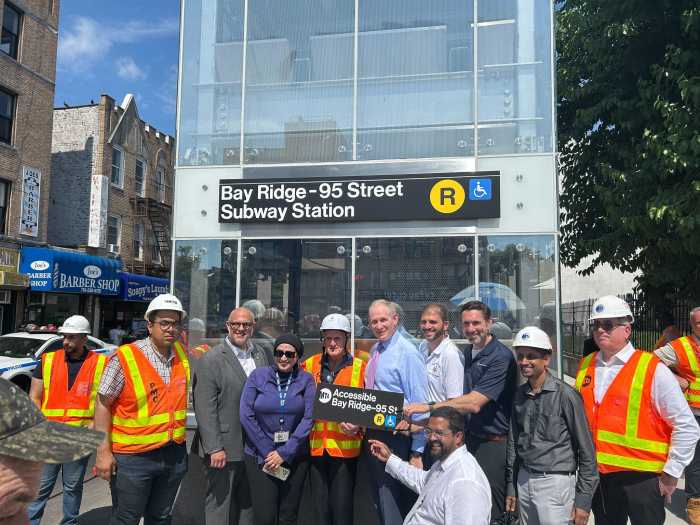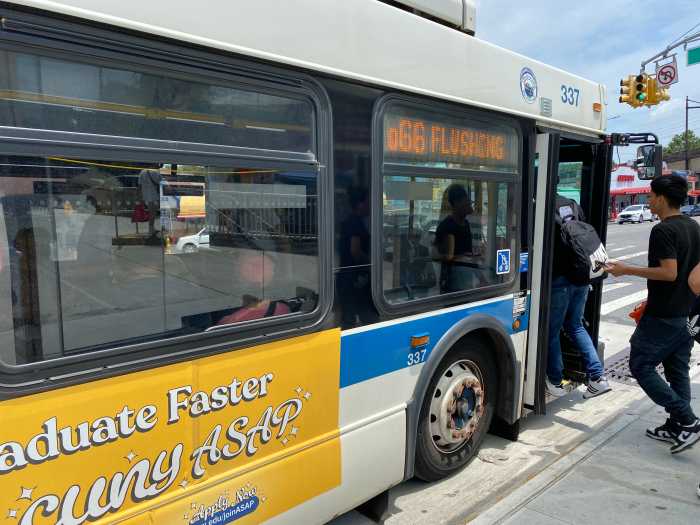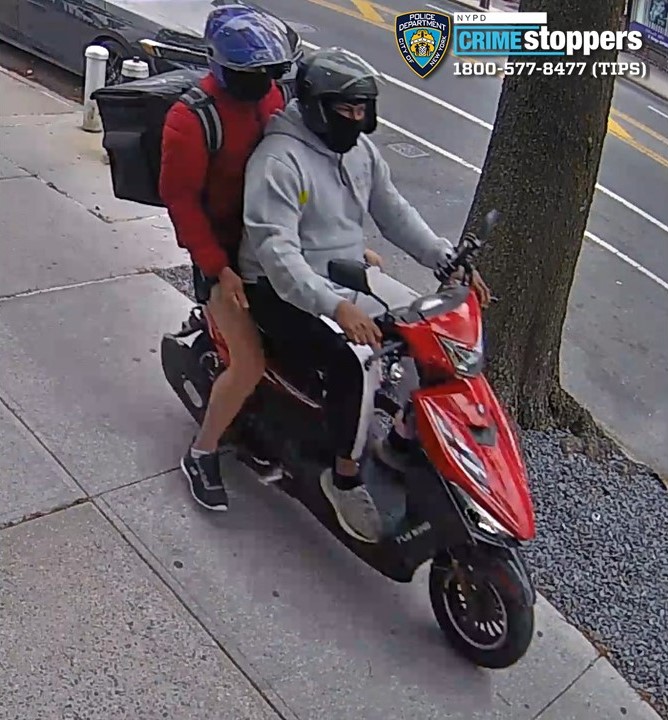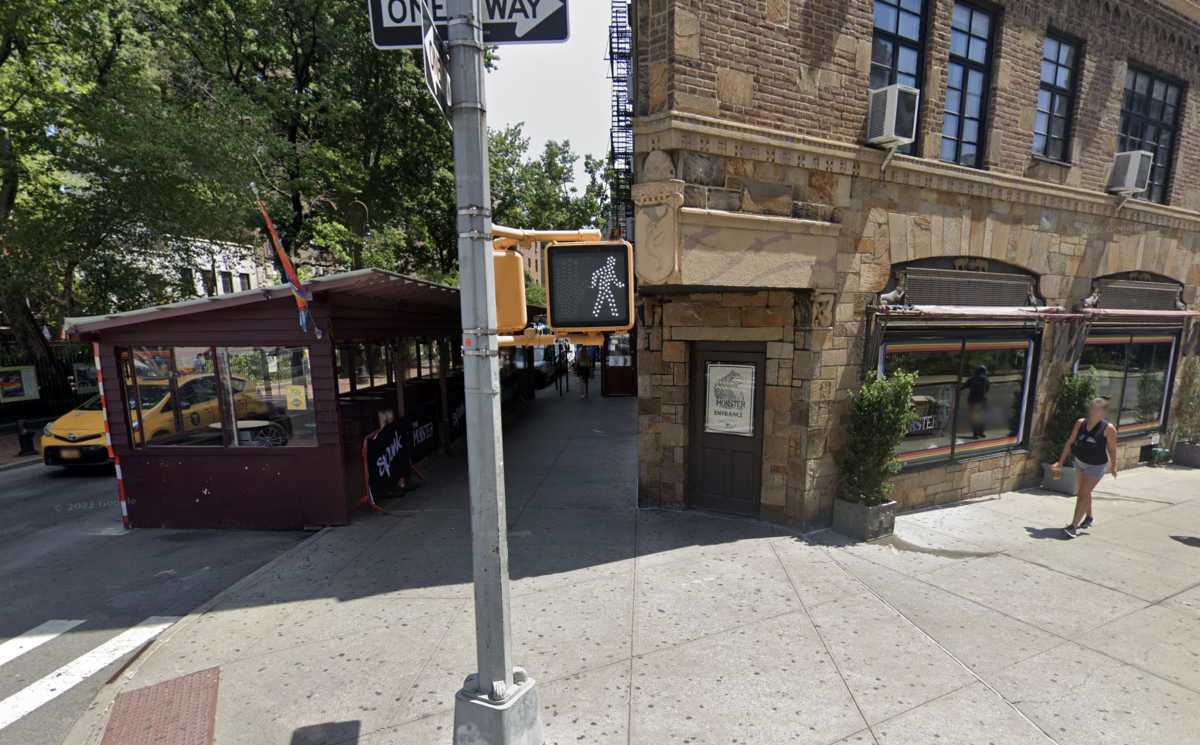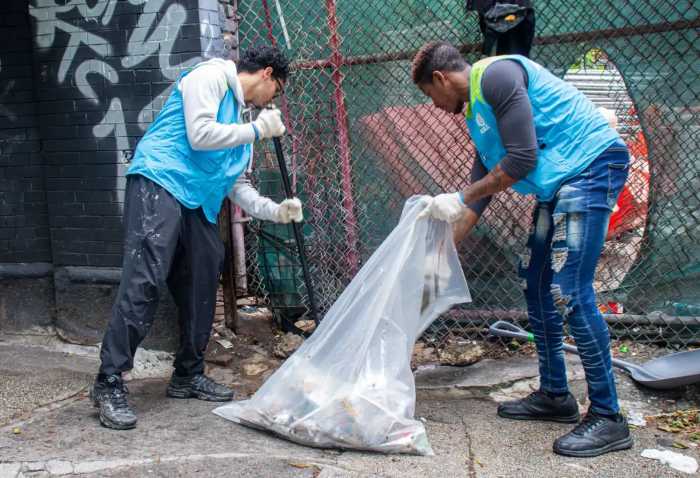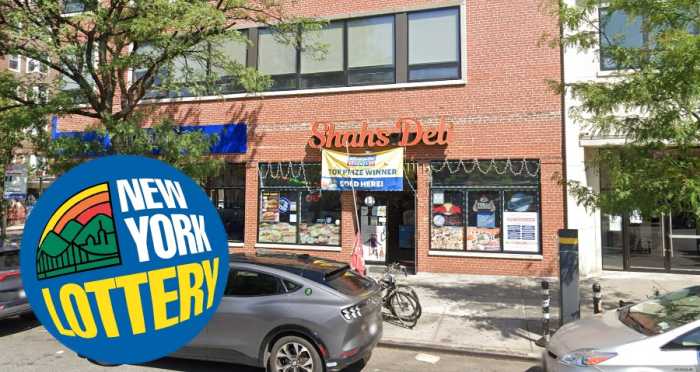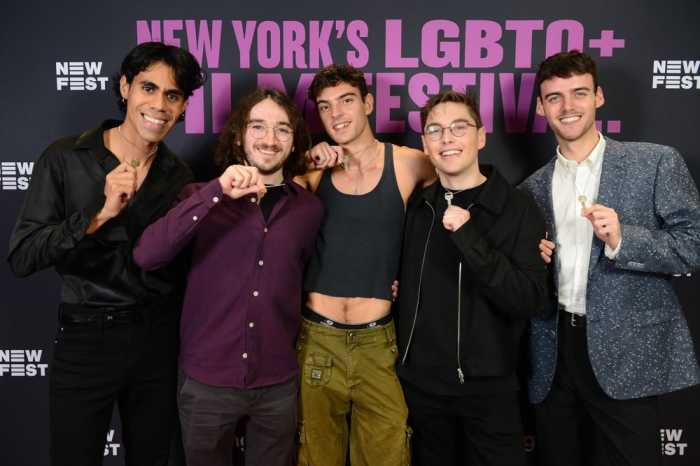The state’s decision to slap a surcharge on yellow cabs and for-hire vehicles like Uber and Lyft is unfair and analysts say falls far short of plans to relieve traffic congestion in the city.
“It’s ridiculous,” said Charles Komanoff, an economist and transit analyst for the Nurture Nature Foundation.
The state budget reached on April 1 includes a plan to levy surcharges on for-hire vehicles south of 96th Street — $2.75 on the likes of Uber and Lyft, $2.50 on yellow cabs, and 75 cents on ride-sharing options like Uber Pool and Via. The funds generated from this fee, as much as $525 million per year, will be poured into MTA coffers to fix the city’s ailing public transit system.
Komanoff predicts that the fee will cause Uber and Lyft usage to decline by 2.7 percent and yellow cab trips to drop by 6.4 percent citywide. Yellow cabs will take a larger hit because they operate mostly in Manhattan, while ride-hailing apps are used across the boroughs, he said.
For yellow cabbies, “it is almost impossible to find work outside of Manhattan, so therefore they will have to pay out of their pockets,” Alexey Medvedovskiy, president of the NYC Taxi Group, said. “The amount will be coming out of taxi drivers.”
The surcharge is a compromise of sorts off a proposal from the FIX NYC panel, a task force Gov. Andrew M. Cuomo appointed, which had suggested a congestion pricing zone and cordon fee, which would charge personal vehicles $11.52 south of 60th Street and a surcharge between $2 and $5 for cabs and for-hire vehicles past 96th Street. This was supposed to decrease congestion in the central business district of Manhattan.
Despite higher fees, the plan would have helped drivers deliver faster rides, Komanoff said.
“If you deliver only the stick to the drivers but not the carrot of less-trafficked streets, the bottom line is more pain for drivers.”
Both Uber and Lyft back a more comprehensive approach to alleviating traffic congestion.
Cuomo’s plan is a “meaningful first step,” Lyft spokesman Campbell Matthews said in an emailed statement. “However, congestion will not be fully addressed until the governor and legislature enact a comprehensive plan that also addresses all commercial vehicles and the real issue driving congestion: personal vehicles.”
Echoing the response, Uber spokeswoman Danielle Filson said that the company would continue to support Cuomo’s attempts, but also keep advocating for “a comprehensive congestion pricing plan that is applied to all vehicles because it is the best way to fully fund mass transit and reduce traffic in the central business district.”
New Yorkers aren’t exactly thrilled about the half-measure, either.
Punishing people just because they use for-hire vehicles instead of the mass transit system is unfair, Harlem resident Jim Braunstein, 52, said.
“I have to use for-hire vehicles because I have to use them,” he said Friday while in midtown. “Just not going to be happy paying more for them, I guess.”
Another commuter, Queens resident Edward McDonough, 57, believes that people have to pay “for their lunch.
“The money has to come from somewhere,” he said. “No increase is good. But if it has to be, it has to be. If we use it, we got to pay for it.”
Some New Yorkers, however, were suspicious of the MTA’s ability to handle the funds generated from the congestion pricing plan.
Brooklyn resident Leah Light, 35, said, “It is mind-blowing to me that they charge as much as they do, and they have so many riders and they bring in so much money.”
On April 2, Mayor Bill de Blasio reintroduced an idea to cap the number of for-hire vehicles in the city as a way to reduce congestion. He put forth the so-called “millionaire’s tax” as a solution, adding that Cuomo’s plan was “not enough.”
As for transit advocates across the city, Komanoff said that they were not quitting.
“We are not going away but it is disappointing that we are losing another year and that means another year of suffering some dysfunctional transportation.”



